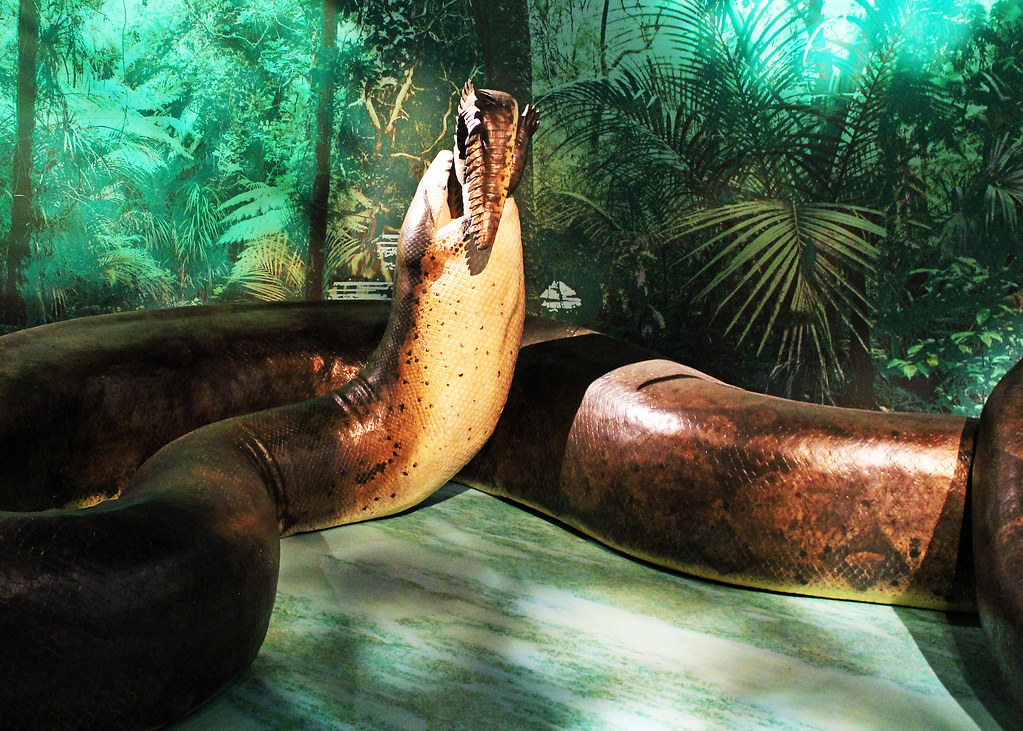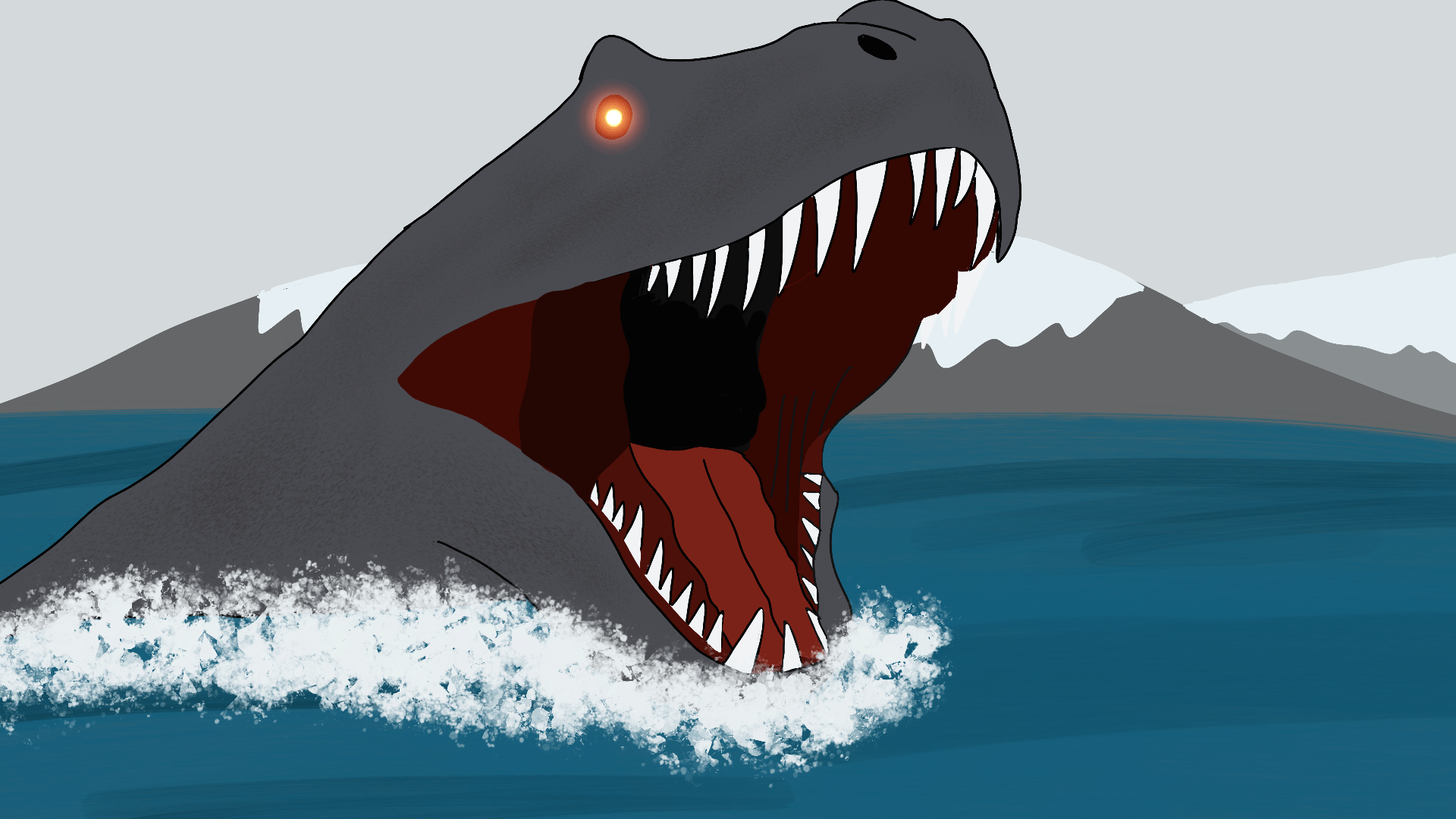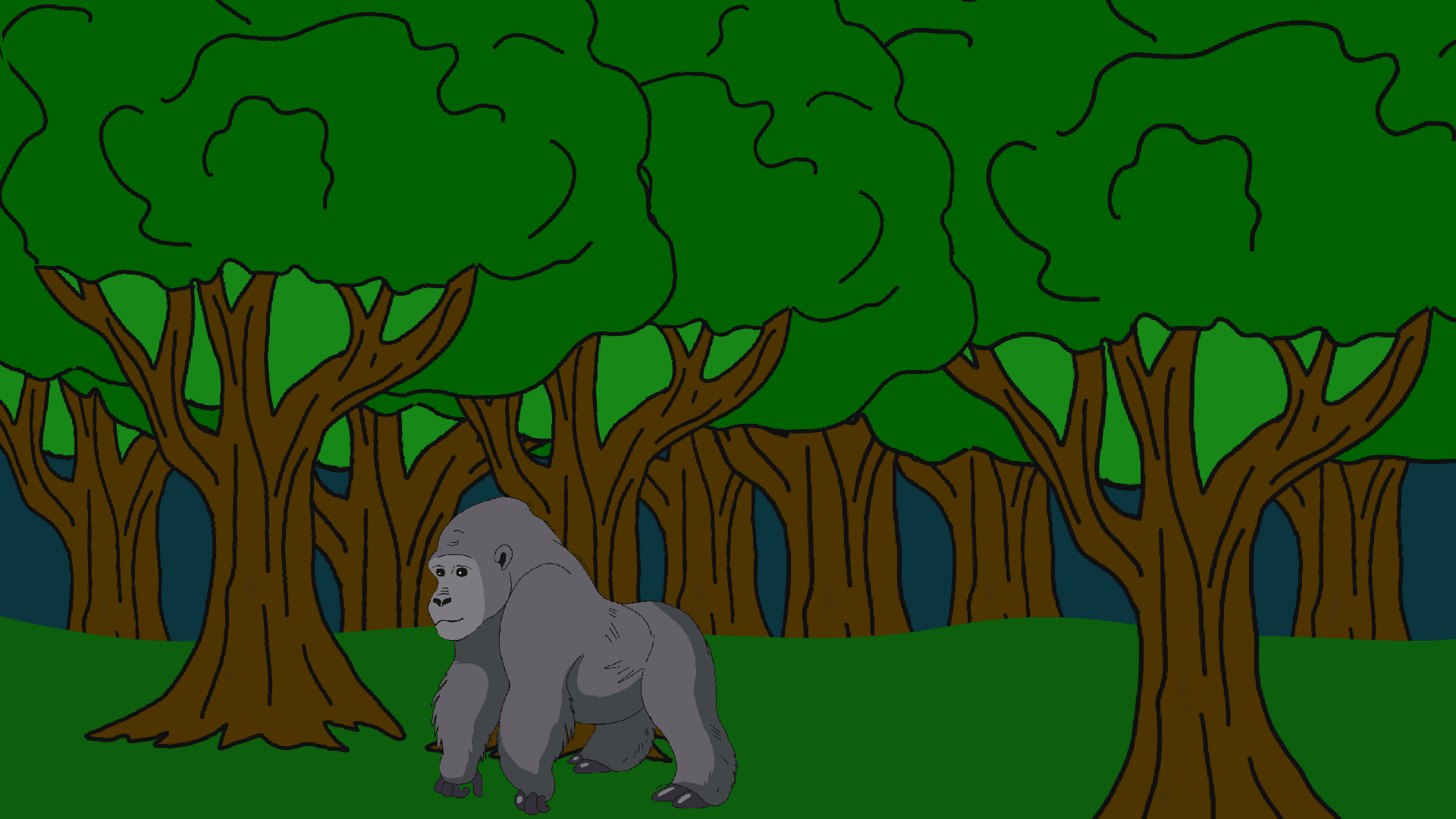The amazon is the largest rainforest world with more than 2.5 million square miles of dense, lush green forests. The biodiversity of this area is the highest on earth and it’s said that there are millions of undiscovered species residing there. Much of the environment has yet to be fully explored due to the flash flooding and sheer size. Inside these wet tropical forests though, it is said by some of the native tribes that a monster snake resides, one much larger and bigger than any species we are familiar with today. The tribes call this snake – Yacumuca- or mother of earth.
Throughout history, local tribes of the Amazon have told stories of snakes over 100 feet. Many verbal and written stories exist in regions where a giant snake could thrive. The waters of the Amazon are murky, with many unexplored waterways.
Still, the first popular story comes about around 100 years ago.
Perry Fawcett, a renowned British geographer and explorer of South America is perhaps the first individual to officially document an encounter with this gigantic creature. In 1907, Fawcett traveled to Bolivia on an expedition. Here, Fawcett recounts a large snake, around 60 feet in length and 1 foot wide that was swimming around his boat. It’s important to remember that Fawcett was a serious explorer, respected in Great Britain, and that he had even been honored by the Royal Geographical Society. Unfortunately, Fawcett and his son disappeared into the forest searching for the lost city of Z and were never heard from again.
Although Fawcett was the first official documented sighting of the large snake, he would not be the last.
Juan Carlos Palomino, a Peruvian man, claims he killed a snake about 40 feet long during a military exercise. Many speculate that this could have been Titanoboa’s cousin, the green anaconda.
In 2009, Mike Warner, an Irish lithographer stated he had found evidence of the creature using Satellite photos.
Up until the early 2000s, scientists simply did not believe that snakes ever grew to the size of a Titanoboa.
That would soon change with a remarkable discovery.
In 2002, a Columbian student discovered a fossilized leaf on a visit to the massive coal mine at Cerrejón in Colombia. The find intrigued scientists as they learned the area had been home to a sprawling jungle. After excavating, archaeologists were astounded to unearth giant turtles and crocodiles, and some of the first bananas, avocados, and bean plants that ever sprouted on planet earth. With this they found a massive vertebra — a vertebra too big to belong to any jungle snake on record. It was truly an incredible find, and diggers immediately began combing the mines for more fragments of the jungle titan. Luckily, over the next few years, the team found the remains of 28 enormous serpents and three skull fragments.
It’s said that Titanoboa thrived during its time due to the high temperatures on earth. This led many creatures to be larger than normal and provided ample food for Titanoboa. Many believe that one of the multiple ice ages killed off the species. Others point out that over time less food and land is available, and this has led to smaller animals surviving.
Today expeditions in the Amazon are ongoing and we are learning more every day. We just recently learned that the area was once home to millions of people. In such a massive, dense, unexplored area its certainly within the realm of possibility that this creature could exist.





Woh I enjoy your articles, saved to favorites! .